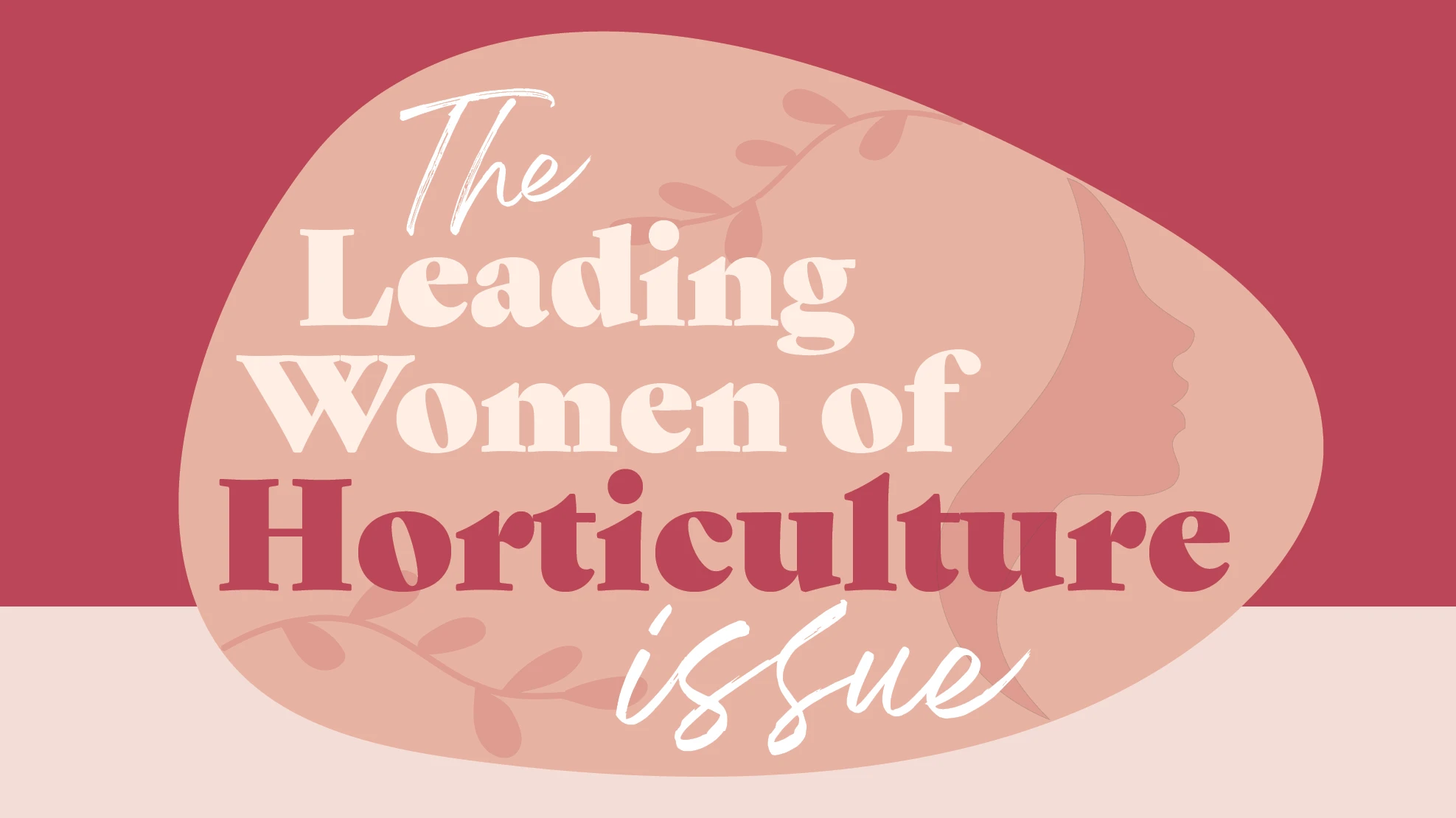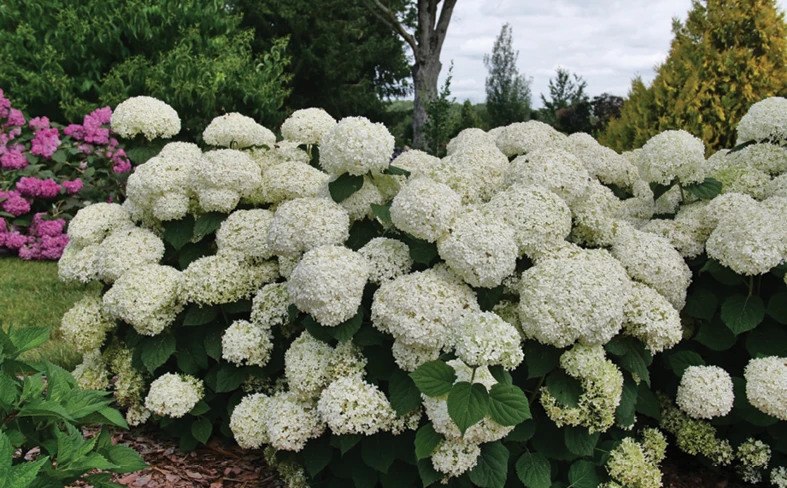|
Heat is a way of life in the gardens of the Southwestern deserts. The intense solar radiation of the low deserts causes more than just personal discomfort. The heat load on an unprotected south or western wall can increase the heat load on the building by up to 30 percent. All that heat significantly affects how hard an air conditioner must work to cool down the interior. Other large evergreen plants with ample heat tolerance to protect a hot wall include oleander (Nerium oleander), hopbush (Dodonaea viscosa), rosewood (Vauquelinia californica and V. corymbosa) and Texas ebony (Ebanopsis ebano). Another strategy to manage the heat of a hot wall is to use deciduous trees or shrubs. Deciduous plants are particularly useful for unprotected western or southern windows, or the sides or roofs of patios or ramadas. The benign rays of the winter sun help warm a cold house or seating area, while the dense growth of summer protects them. Large evergreen choices, those that grow to well over 12 feet tall, include tree forms of yellow bells (Tecoma stans), pomegranate (Punica granatum) or desert willow (Chilopsis linearis). Smaller shrubs, growing up to 10 feet tall, are shorter yellowbells (Tecoma stans), red bird of paradise (Caesalpinia pulcherrima) and red fairy duster (Calliandra california).
Any combination of plants will do for such a planting scheme and most of the taller ones mentioned earlier are good choices. Other mid-size choices include jojoba (Simmondsia chinensis), Texas rangers (Leucophyllum sp.), emu bush (Eremophila maculata, E. laanii) and little leaf cordia (Cordia parvifolia). Shorter plants to finish off such a planting might include black dalea (Dalea frutescens), verbena (Verbena pulchella, V. rigida), or desert petunia (Ruellia brittoniana). Large desert perennials like desert spoon (Dasylirion wheeleri) and ornamental grasses such as deer grass (Muhlenbergia rigens) and other members of its genus are also excellent choices for layering to minimize heat build up. Vines Vines have been used in all climates as seasonal shade producers and such plants work just as well in the desert. Placing a vine against a hot wall offers the same protection from the sun and the heat as the shrubs identified previously. Again, evergreens are the densest and desert choices including lilac vine (Hardenbergia violacea) and yellow butterfly vine (Mascagnia macroptera) and bougainvillea (Bougainvillea spp.). Deciduous vines like Queen’s wreath (Antigonon leptopus), podranea (Podranea ricasoliana) or yuca vine (Merremia aurea) provide the same seasonal protection as deciduous shrubs. All of these vines need a support or a trellis to stay where you need them. Growing vines is a charming way to increase color and calm down the heat on the walls or roofs of patios, ramadas or gazebos. A wall that is protected by heat tolerant plants creates a zone in front of it in which plants with much less tolerance for reflected heat can be grown more successfully. This is especially useful for vegetable, herb, or flower gardens that are adjacent to a hot wall. The great heat of summer is one of a desert gardener’s great challenges. By using some of these strategies, gardeners can calm down the heat load on their homes or walls, increase the success of less heat tolerant plantings and make their garden a more congenial place to sit and relax, even when the temperatures soar. Mary Irish is a freelance writer, book author and speaker in Scottsdale, Ariz. She’s the former director of horticulture at the Desert Botanical Garden in Phoenix. |

Do you know someone that has made a positive impact in the horticulture industry? Nominate them for a Horticultural Industries Leadership Award (HILA)!
| SUBMIT NOMINATION |

Explore the June 2011 Issue
Check out more from this issue and find your next story to read.









